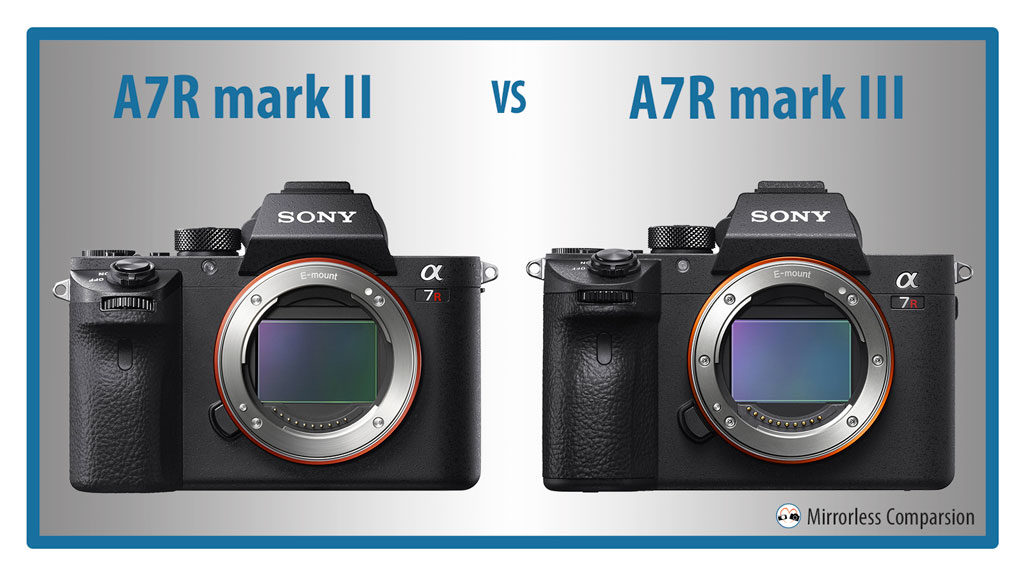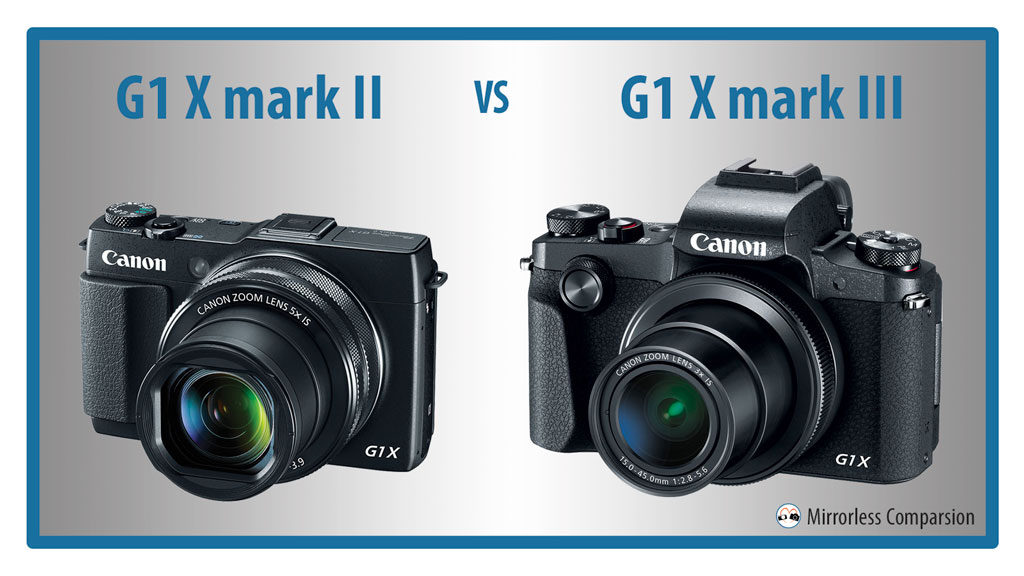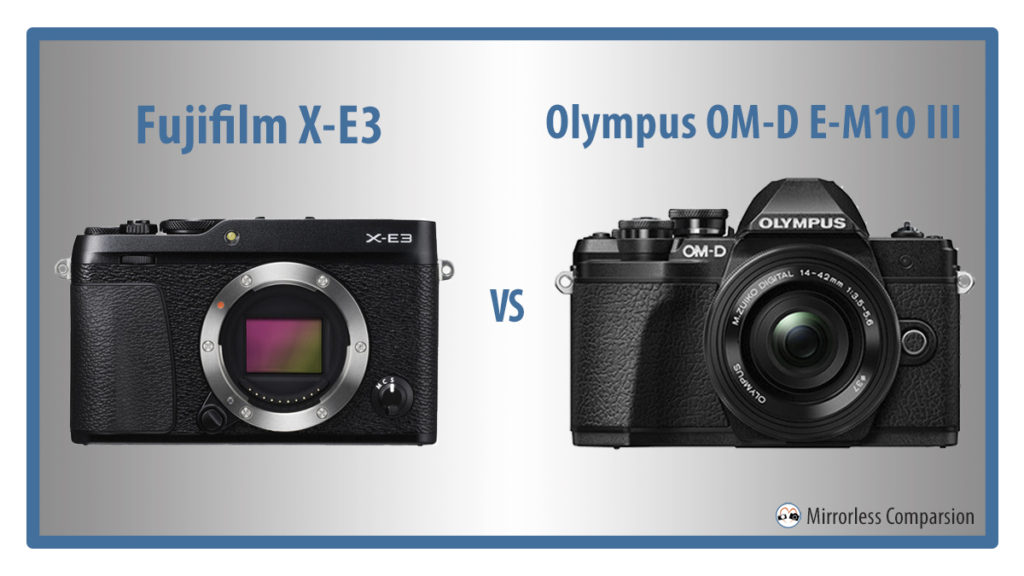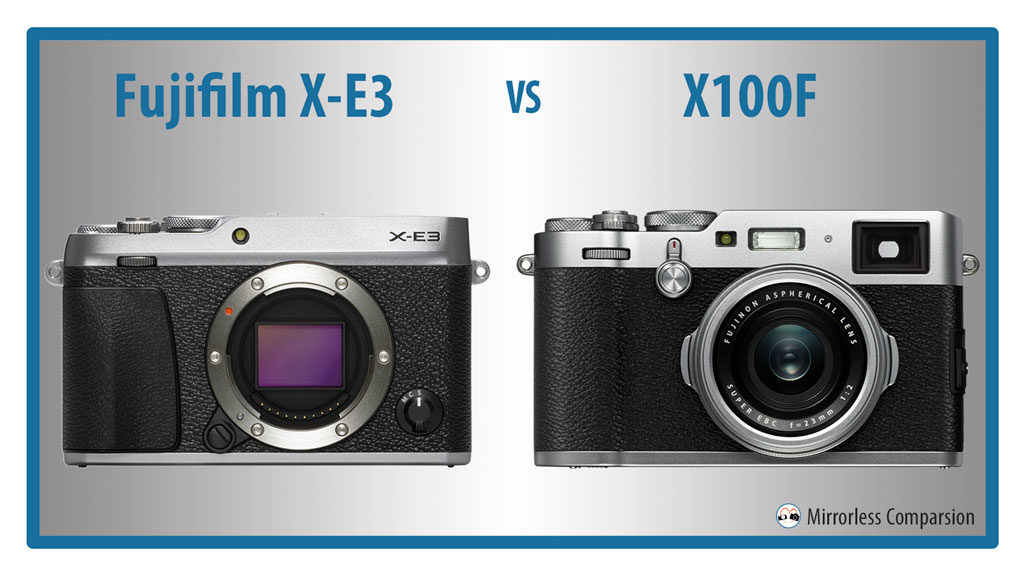Released in 2015, the Sony A7r mark II was a game changer in the mirrorless segment: it debuted with one of the best 35mm sensors to date, a fast phase detection AF that was the first to offer decent compatibility with DSLR lenses, and excellent 4K capabilities. Now, two years on from the release of the A7r II, we meet the A7r III which brings many welcome improvements to image quality and overall usability.
Preview
Canon G1 X Mark II vs G1 X Mark III – The 10 Main Differences
Before the original Sony RX100 appeared on the scene in 2012, there was another premium compact camera that housed a large sensor, the Canon G1 X. Today the series inaugurates the third generation G-series model, which comes after a number of lower-end models (G3 X, G5 X, G7 X and G9 X) that use a slightly smaller 1-inch sensor, just like the RX100 line-up.
While not a lot has changed on the video side (both cameras record in 1080p with the small difference that the mark III version can go up to 60fps), the new camera inherits much of the technology seen on the latest EOS M mirrorless cameras including a new sensor and AF system. Let’s see how they compare by looking at the ten main differences below!
Sony RX10 mark III vs RX10 mark IV – The 10 Main Differences
The latest models in the Sony RX series are all about exceptional speed, video performance and super slow motion capabilities, and the RX10 mark IV – successor to the RX10 mark III – is no exception.
Fujifilm X-E3 vs. Olympus OM-D E-M10 III – The 10 Main Differences
The Fujifilm X-E3 and Olympus OM-D E-M10 III are both brand new entries on the mirrorless market and are equipped with much of the latest technology found on the flagship cameras from their respective brands.
Whereas the entry-level E-M10 III debuts as the second 4K-capable camera from Olympus after the OM-D E-M1 II, the mid-range X-E3 has all the “guts” of an X-T2 tucked inside a compact rangefinder-esque body. These features include most recent version of Fujifilm’s hybrid AF system, 4K video and the 24MP X-Trans III sensor.
The 10 Main Differences Between the Fujifilm X-E3 and X100F
The X-E3, being the latest camera to join Fujifilm’s family of third-generation X-series cameras, shares many key components with other recent models from the brand but perhaps the least obvious point of comparison is the X100F. The two cameras share a similar rangefinder philosophy, the same 24MP sensor and the same image processor but differ in many other ways starting with the lens system and viewfinder technology.





